In my opinion, the hummus comes from Damascus. I’ve eaten hummus anywhere in the Arab countries and it has been one of my main meals – convenient and fast, I found it very good also when packed at the supermarket – when I lived in London and Toronto. But the first thing comes to my mind when I taste a bit of hummus is Damascus. I remember the warm summer evenings spent there to study Arabic, before Syria has been engulfed by civil war. I remember the copious and inexpensive dinners at the Khawali Restaurant (in the heart of the old town), where I used to meet my classmates for dinner. People from Italy, Great Britain, Germany, Spain, Japan, U.S…. at the same table eating hummus of Babel, drinking beer and smoking Shisha, all united by a common intent: to study and understand a language, a culture, a land and its people. It’s true, study Arabic language was a way to have (theoretically) one ace in the hole to spend for a future job, but for many of us that experience meant also the hope to bring a testimony of that country to many people as possible. The hope to reduce distances, build bridges, find sustainable solutions in a time in history when the Arab and Muslim terrorists, and the clash of civilizations was the hot topic of the day discussions inside the domestic walls, lecture halls, living rooms, television and control rooms.
I let myself get carried away when I talk about Damascus, I’m sorry. I left there a piece of my heart (not so small) and the current situation prevailing in Syria does not lighten certainly my sad mood about the situation in Sirya.
Down to heart, coming back to us, hummus is a cream of chickpeas, usually served for breakfast (yes, you read that right!) and is one of the fundamental foods of the Mezzeh, the parade of appetizers served before main courses in all the countries that once were part of the Ottoman Empire.
Ingredients
- 2 cups of chickpeas
- 1/4 cup of tahini sauce
- 2 fresh lemons and a half, or about 8 tablespoons of lemon juice
- 1-2 cloves of garlic
- 1 teaspoon of salt
- 2 tablespoons of yogurt (optional)
- 1 teaspoon of cumin
Recipe: appetizer
Cuisine: Arabic
Directions
Soak your chickpeas in hot water, at least for 8 hours. Rinse and boil them in a pot until they become tender.
Pour the tahini sauce and lemon juice in your multi-food processor, and blend until you get a creamy consistency.
Add salt and garlic, chickpeas (keeping a dozen for garnish at the end) and sauce. Blend again to mix everything. Now add the yoghurt and blend for another minute. You have to get a creamy smooth as silk. If the consistency is too thick, you can add water or (better) the liquid from the chickpeas cooking.
Let sit in the fridge for a couple of hours.
Serve with olive oil and, as you like, sprinkle with paprika and cumin, garnish with whole chickpeas and the boiled that you have put aside, olives, pickles, pine nuts and parsley. The hummus is eaten with Arabic bread “drenched” in the chickpea cream. Sahtain! Enjoy your meal!
Recommendations
You can also use ready-made canned chickpeas, but you will not have a smooth and soft hummus as it should be! Blend the chickpeas when they are still hot, will help you to have a more creamy hummus. In addition, if you boiled a larger amount of chickpeas than what you really need, you can freeze and reuse them for your next hummus.

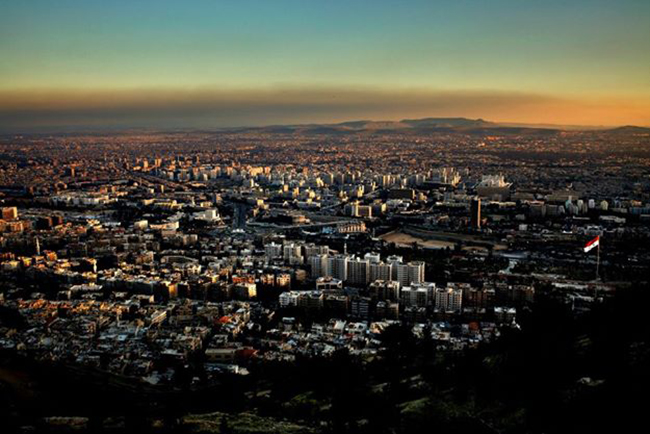
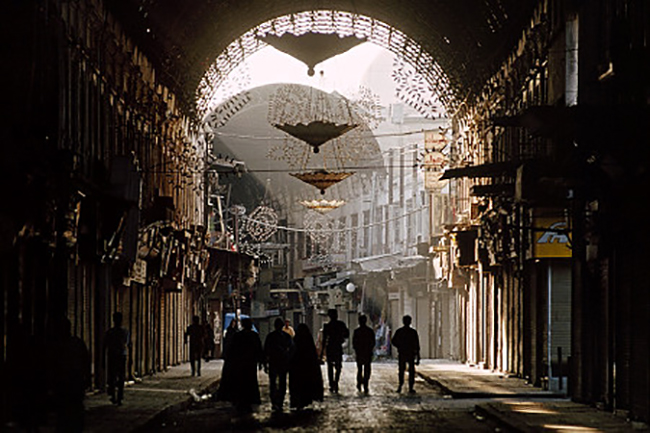
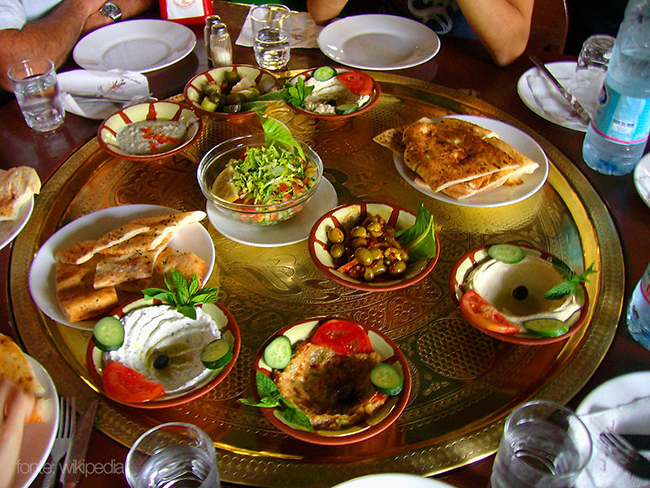
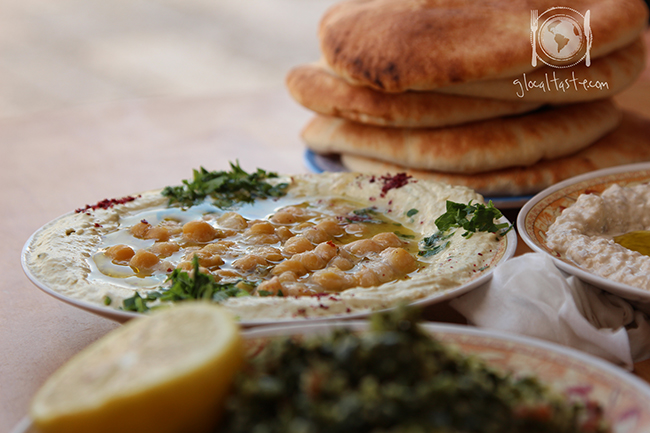
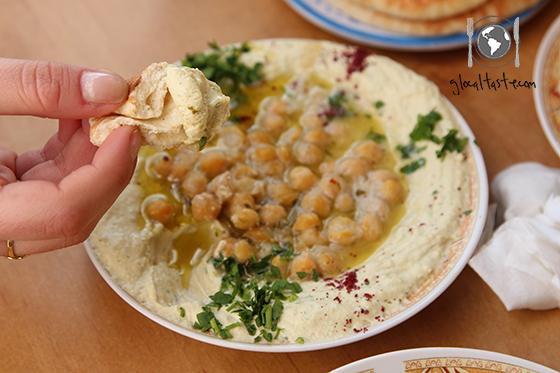
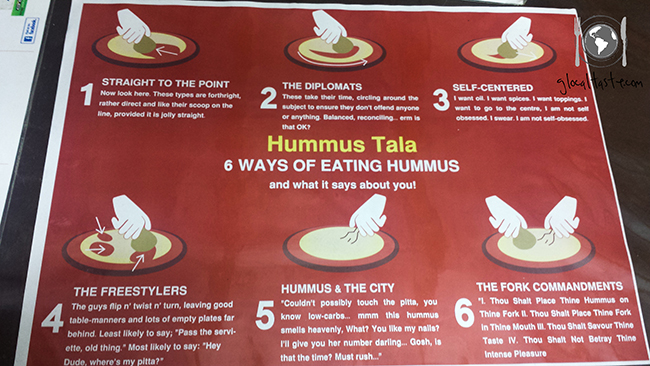

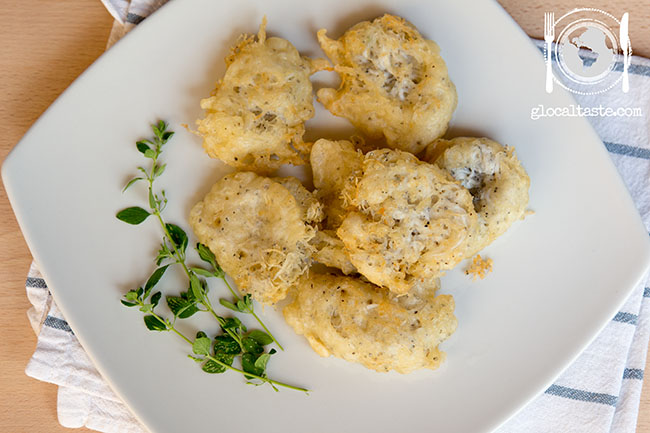
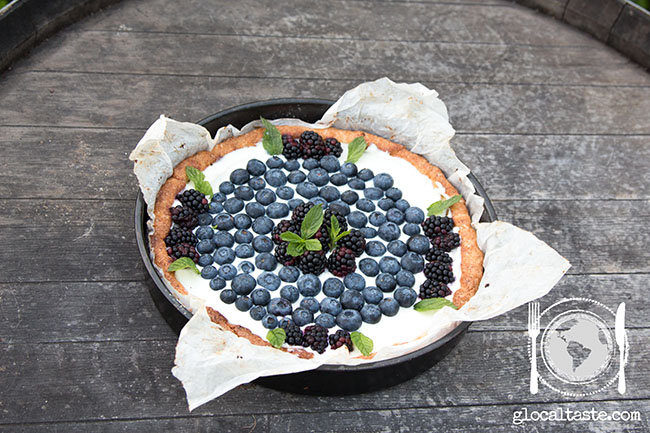
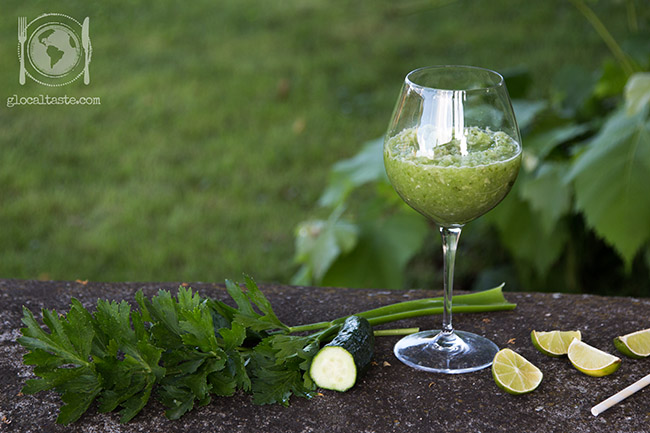

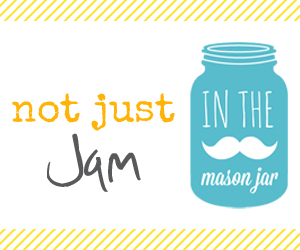











 English
English Italiano
Italiano